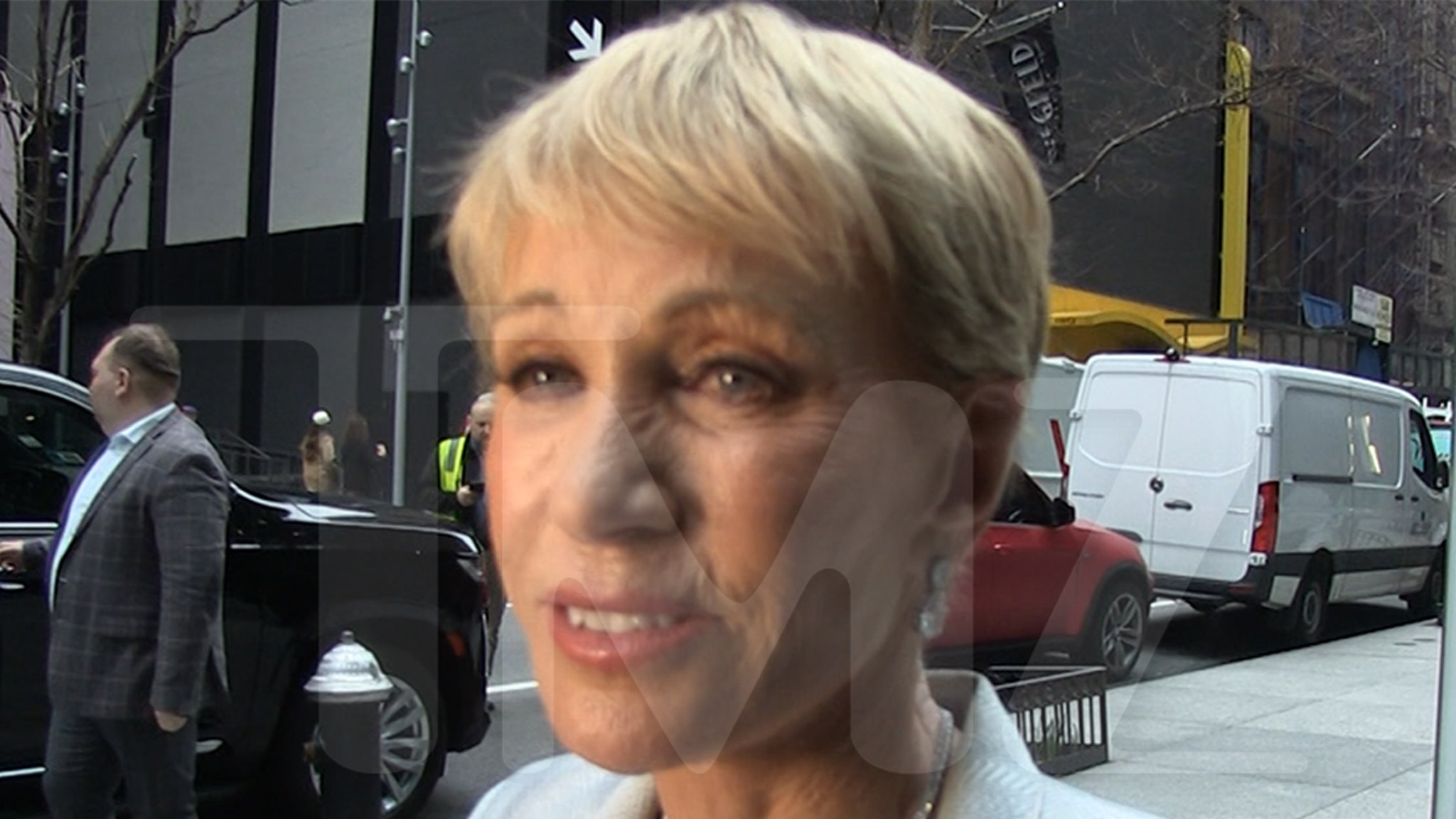The terror beneath the evil spirits and unexplained phenomena in Family is based on a cruel reality: a young girl’s well-founded dread of her father dying. In his self-assured first film, writer and director Benjamin Finkel wraps this fear in horror tropes, taking us inside the mind of a child imagining the worst. The film becomes increasingly tense and emotionally wrenching, even as Finkel ramps up genre touches that come to feel superfluous.
Johanna (Cameron Dawson Gray) is a lonely 11-year-old whose family has moved to another part of the country so her father can receive better cancer treatment. Finkel’s director’s statement makes it clear that this is a personal story, inspired by what he felt when his father suffered from cancer for much of Finkel’s childhood. Echoing that experience, the film is almost entirely from Johanna’s point of view. From the start we are in her nightmares and imagination, as her mother comes at her with a knife, her dog vanishes into thin air, her mouth bleeds because glass has been scattered inside her jelly sandwich.
Family
The Bottom Line
More psychological trauma than jump scares, but effective.
Venue: SXSW Film Festival (Midnighter)Cast: Ruth Wilson, Ben Chaplin, Cameron Dawson Gray, Allan CordunerDirector and writer: Benjamin Finkel
1 hour 35 minutes
She has a small birdhouse — blue, egg-shaped, painted with gold stars — that she superstitiously thinks she can use to conjure good spirits to save her dad, only to feel as he gets worse that she has called in evil instead. Among her other reactions to his illness, she blames both her parents at various times, imagining they are trying to harm her. And she almost exists out of time. She uses a camcorder for videos, not a phone, yet a time period is never specified, enhancing the unreal feeling.
Ruth Wilson has the toughest role to play as Johanna’s mother, Naomi, and gives another typically smart performance. Naomi is often glaring and harsh, impatient with her daughter, reflecting how Johanna sees her. At other times, she softens and is loving. Wilson flashes back and forth as she modulates these shifts. She creates a character who is under immense stress, who may be genuinely unable to comfort her daughter enough but who is not ever aiming to harm her. Ben Chaplin captures the way her father, Harry, tries nobly to have a normal life, but can’t. He is weakened and in pain, eventually having a seizure. Chaplin also shifts occasionally to the bad father of Johanna’s nightmares, although Finkel draws those moments more broadly.
The film has an affinity with Ari Aster’s Hereditary, using horror as a metaphor for dark family dynamics, as the blunt title Family suggests. But it is so obvious early on that the terrifying apparitions and her parents’ evil behavior come from Johanna’s mind that the jump scares are less jump-y than they might have been. Finkel directs the actors and camera with impressive precision, though, and the horror scenes are beautifully crafted, even when they are standard tropes: lights shining eerily from the isolated family house, surrounded by dark woods; a tracking shot down a narrow, empty hallway toward a glowing room; Harry as Johanna imagines him, crawling down the stairs to the basement. Throughout, Gray convincingly displays Johanna’s pain.
Elisha Christian’s cinematography deftly signals the difference between the clarity of real life and the darker tones of Johanna’s imagined scenes. And Olivia Peebles’ production design enhances the unnerving tone, in a perfectly comfortable large old house that can suddenly turn ominous. Even the props are just right, that odd little blue birdhouse looking claustrophobic enough to be unsettling. Finkel’s screenplay is minimalist, as he wisely relies on images. It is a little too neat, though, that the child displaced from her old home is reading The Wizard of Oz and has named her dog Toto.
Just at the point where the reality of Harry’s condition is at its worst, Finkel leans into more extreme genre touches, with a skeletal, nearly faceless creature haunting Johanna’s thoughts. That increased terror reflects her experience, but by then her pain has become so visceral and raw that ghoulish apparitions seem to cheapen it. It finally seems wrong to call Family a horror movie at all. Horror works as a hook here, luring viewers into an intensely personal film about the kind of trauma that never really ends.







